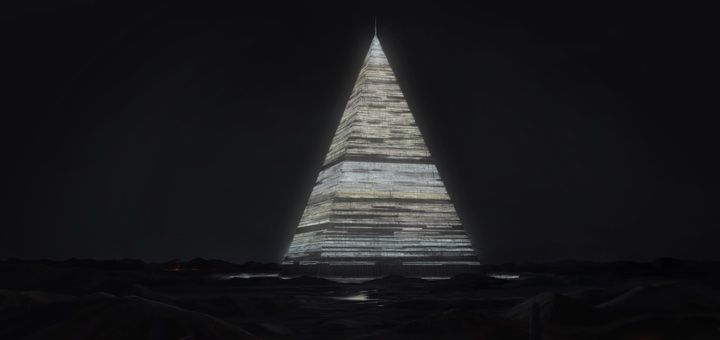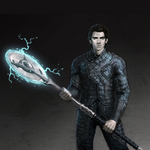
Star Control
Not content to sit on their laurels re: the Galactic Civilization series, Stardock also has rights to the Star Control franchise (though that is being somewhat contested) and is testing out features of their upcoming Star Control: Origins:
There are 69 known moons of Jupiter.
Jupiter is the first planet we’re sending Star Control’s prototype ship to visit. Powered by the Darius Robotics Emdrive MK I, the prototype can get from Star Control command to Jupiter in a matter of days, rather than months. It is ironic that the prototype is powered by a drive made by Darius Robotics, given that Darius Erdmann is now gone, lost to the Lexites.
Some people have speculated that Jupiter was meant to be Sol’s twin in a binary star system. In reality, Jupiter is not even close to having enough mass to be a star. You would need at least 80 Jupiters to have a chance. Jupiter was chosen as our first test because of the various types of moons that will allow for a good measure of the lander’s capabilities.
The first moon we are visiting is Adrastea. It’s very small. It’s a Plutonic class world and was only discovered in 1979 by Voyager 2. Why this tiny world? For one thing, Plutonic class worlds are worlds that have not cleared out their orbit yet. That means that things tend to bang into them, which frequently results in some valuable minerals to be readily accessible. Secondly, it’s a very safe world.
Actinium is a very strange chemical element. It’s radioactive and reacts quickly with oxygen. Its presence means that there is no oxygen on the surface. Resources like Actinium are so rare on Earth that we don’t really use them. But any radioactive source can be extremely valuable for space exploration when found.
Now to find a landing zone and set down one of the three landers we keep aboard.
We pick up our valuable cargo and return to the orbit of Jupiter.
Go look at the pretty pictures.
